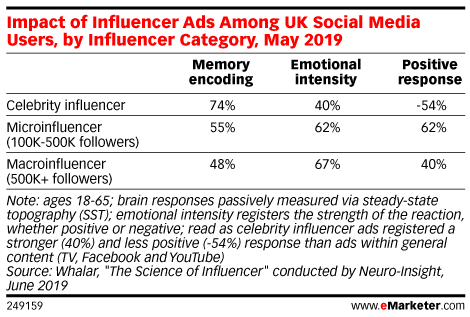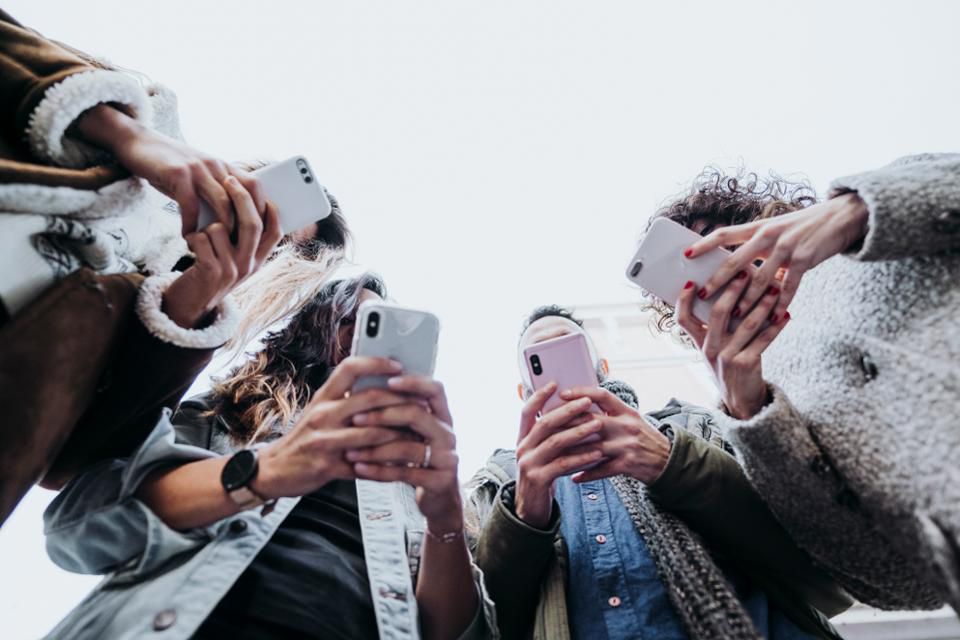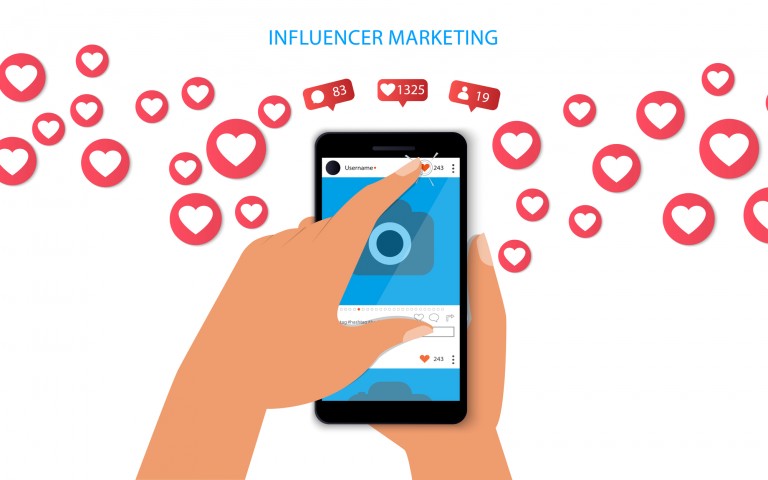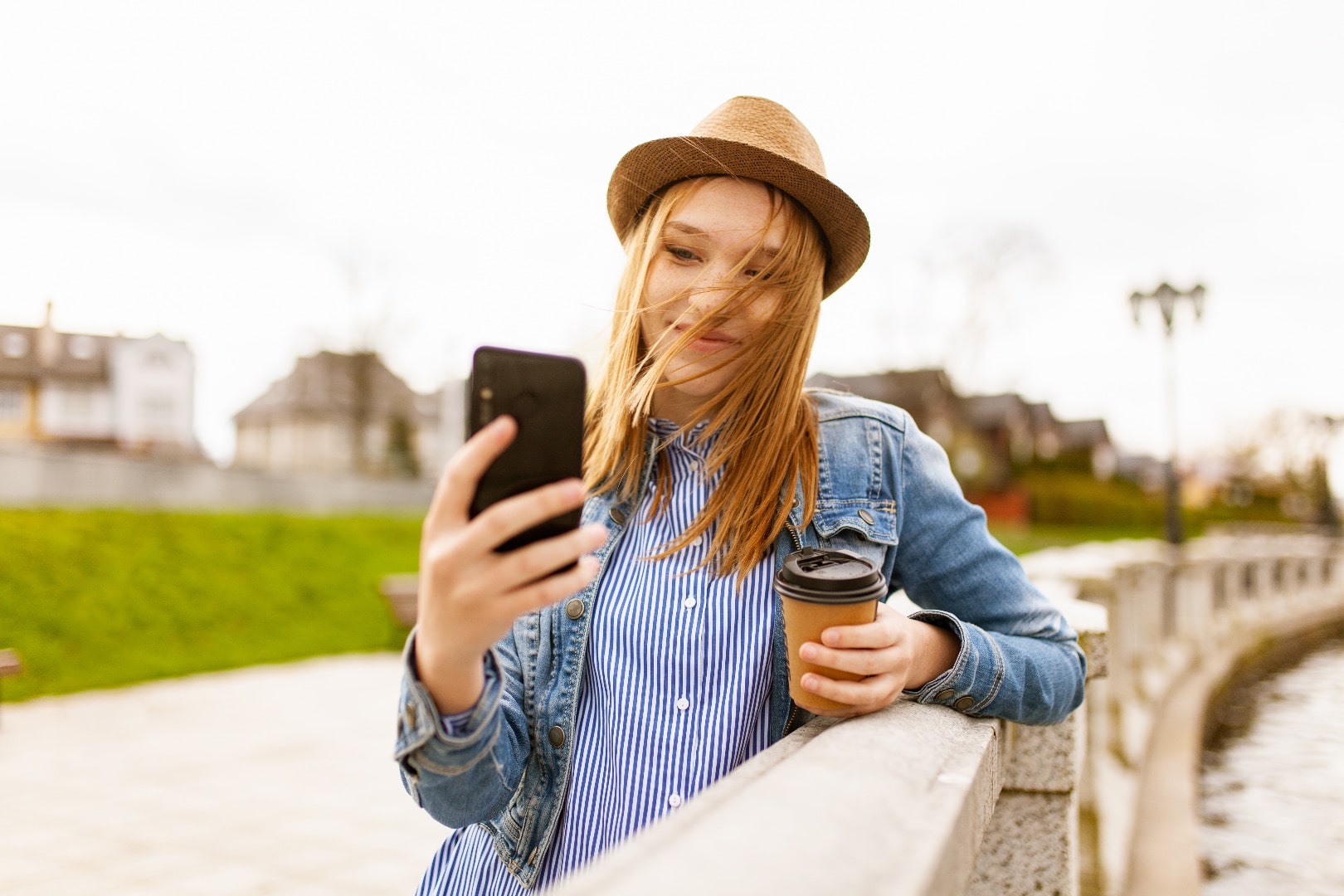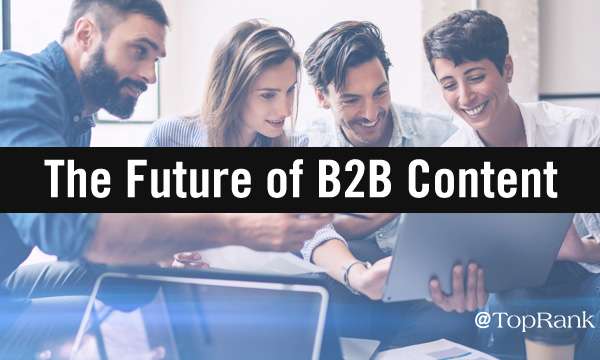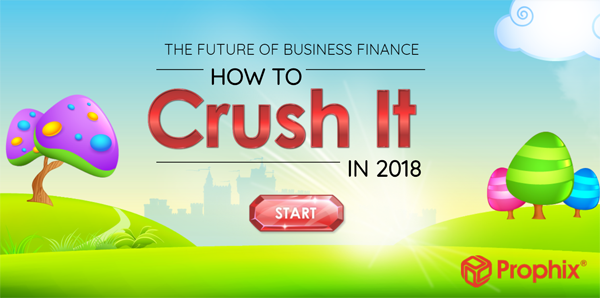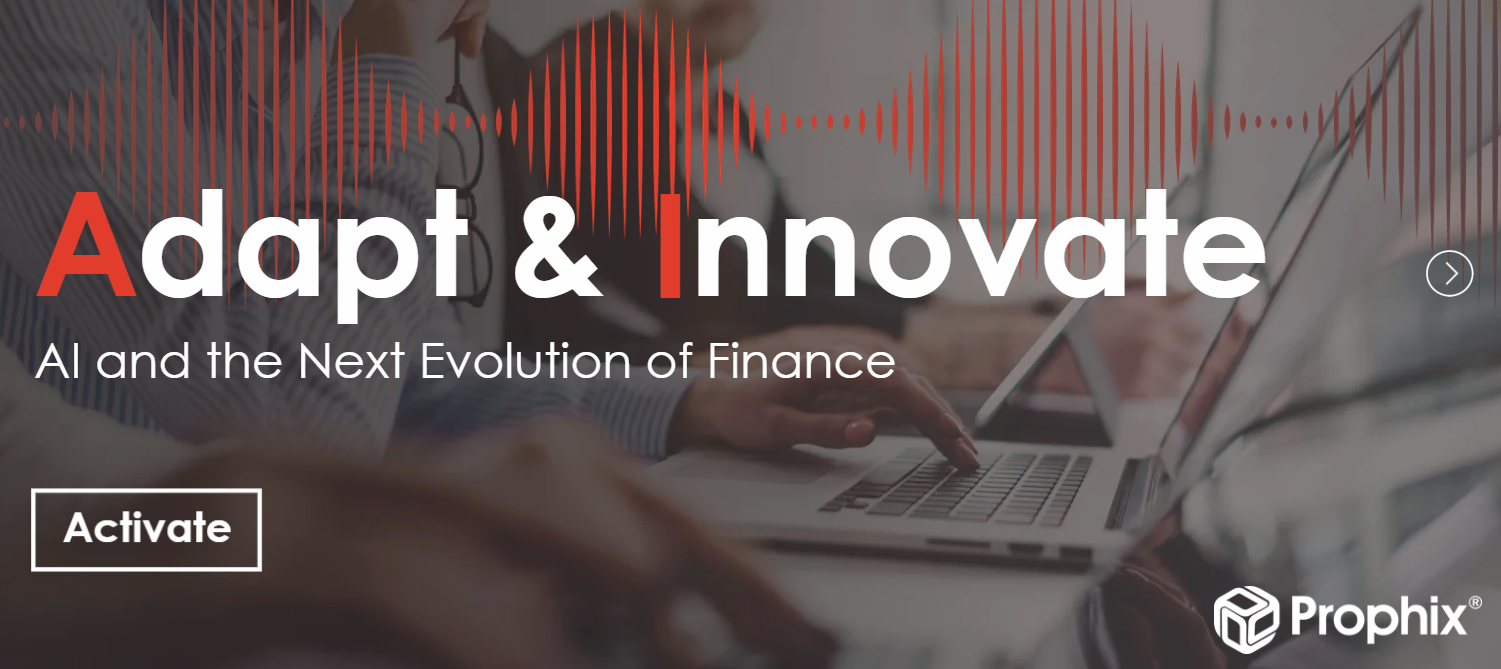By marismith
Influencer marketing has evolved rapidly over the last few years. In fact, influencer marketing has become such a key growth strategy for businesses that the industry is estimated to reach up to $10 billion by 2020.
For a long time, influencer marketing was mostly associated with big brands and celebrities. The landscape is changing and, as individuals invest in building niche communities on platforms like Instagram, Facebook and YouTube, businesses are beginning to recognize their value.
We are now seeing a new wave of micro-influencers leading the way, not only for the big brands but for small businesses looking to capitalize on the trend. 2019 Statistics show that 81% of all influencers are micro-influencers.
This has created a level playing field for small businesses with an opportunity to drive sales even in a local market.
In this article, I’m going to show you how you and your business can get started with micro-influencer marketing.
What Is A Micro-Influencer?
Just as it sounds, a micro influencer is a person that may not have the largest following on social media but the following they do have is highly engaged. This person has a lot of influence among their community and, as a result, that community is highly likely to listen and act when a value proposition is presented to them.
Eighty one percent of micro-influencers have between 15k and 100k followers but don’t let this deter you from partnering with audience sizes as little as 5000 followers. A report by Gartner L2 showed there is actually an inverse correlation between the number of followers and the engagement rate in Instagram influencers.
This highlights a critical factor in the success of micro-influencer marketing. It’s not just about the size of an influencer’s audience, the quality of the audience is just as important.
What are the benefits of working with a Micro-Influencer?
It’s A Cost-Effective Marketing Strategy
One of the biggest challenges that businesses face is finding their target audience and earning their attention. To do this exclusively in-house can be costly and extremely time-consuming. It can take months, if not years, to build an engaged audience who buys into your messaging and your product offering.
Micro-influencers have already done all the work. You have instant access to a highly-engaged, targeted audience. That’s hugely valuable especially in a local market.
While some micro-influencers still accept product in exchange for their endorsement, most now require compensation for their work.
The cost of influencer marketing varies greatly based on a number of factors including the influencer’s social reach, the type of sponsored content and the length/ frequency of your arrangement.
A report by Later (2018) stated 66% of businesses paid under $250 per influencer post, while 27% paid between $250 and $1000 per post.
Influencer Marketing Hub created an Instagram Money Calculator to help calculate how much an influencer’s post is worth. Whilst this shouldn’t be used to define an influencer’s compensation plan, it can provide a generalized overview. For the most part, micro-influencers will have their own media kits and pricing structures in place.
As a general guide, you can expect to pay anywhere between $75 and $2000 per post depending on the value that micro-influencer brings.
With that in mind, micro-influencers can be far more cost-effective than if a business were to grow organically by themselves.
Social Proof leads to Sales
Sixty one percent of consumers aged 18 to 34 have, at some point, been swayed in their decision-making by digital influencers.
Micro-influencers have already earned trust among their community. That social proof carries a lot of value when it comes to the follower making a positive buying decision.
Fullscreen, a global leader in social-first entertainment and branded content, partnered with leading social analytics firm Shareablee, to analyze 31,000 influencers. In their report, they discovered 22% of 18-34 year-olds have made a large purchase after seeing an online influencer endorsing the item. With the right micro-influencer(s) working with you, this strategy has the potential to generate large returns on your investment.
Influencer Marketing is Scalable
Micro-influencers act like your own marketing and sales team combined. They have their own audiences and they know what works in terms of engaging and converting that audience into sales. Brand campaigns driven by micro-influencers are estimated to create 60% higher engagement rates.
Micro-influencers don’t require the management of an inhouse team and they already have a community of warm leads. Deploying effective marketing campaigns and consistently generating leads are two of the biggest challenges small business owners face, which makes micro-influencers a huge asset to small businesses especially on a local level.
Influencer marketing is scalable. While it requires a financial investment, the right micro-influencers will quickly generate a return and dramatically build your brand’s awareness and reputation.
How to Get Started Working with Micro-Influencers
Getting started with micro-influencers is simple but not always easy. Here is a basic checklist for you to follow:
-
-
- Create a strategic plan with clear objectives you want to achieve.
- Make a list of potential micro-influencers to start exploring.
- Reach out to start building a relationship. Make sure your approach is very win/win as the micro-influencer may receive numerous invitations to partner with brands on a regular basis.
- Invite the micro-influencer to consider collaborating with your business.
- Draw out a written plan with clear terms and conditions to protect both parties.
- Set a time period initially to establish success markers.
This sounds straightforward, but it does require a lot of work and there are a few best practices to follow.
Best Practices for Micro-Influencer Marketing
1. Find Relevant Influencers
It’s really important to keep your end goal in mind when it comes to finding influencers with whom you can partner. You’re not looking for just anyone, even if they have an engaged audience. It has to be the right demographics that fit your target audience.
Positioning is key. You are looking for local influencers who have a loyal following that matches your target market.
This way, when the influencer presents your business and call to action, you are going to see some traction and a profitable return on your investment.
The easiest way to find relevant influencers is to spend time researching the platform on which you and your audience is most active. Search locations, hashtags and mentions to find out where the conversations are happening. Once you find potential micro-influencers, monitor their profile and their interactions closely. Look for the quantity but more importantly the quality of engagement on each post.
By investing time up front, you will ensure that you find micro-influencers that are a good fit for your business. Not only will it save you time long-term, it can save you a lot of money working with people who aren’t a fit and perhaps don’t carry the influence you initially thought.
2. Ensure the Authenticity of Micro-Influencers
As influencer marketing has grown, so have the number of companies looking to capitalize on the trend. In 2018, the extent of influencer fraud was exposed as thousands of accounts were found to be buying likes, follows and engagement to appear as though they had gained influencer status.
Captive8 reported that of the $2.1bn spent on influencer-sponsored Instagram posts in 2017, more than 11% of engagement on those posts was generated from fraudulent accounts.
This is a big problem. While technology companies are working to combat this by launching AI-focused tools, influencer marketing fraud still remains a huge issue.
Ninety percent of Marketers believe proving authenticity is critical to the future of Influencer Marketer.
For you, as a reputable business, it’s imperative that you do your research and establish the validity of an influencer before jumping into a relationship with them.
Monitor their account, check the quality of their audience and their engagement. Look for sponsored posts and how the traction gained in quality likes and comments.
When reaching out, ask for case studies and past results that you can cross-check. Also ensure that the micro-influencer is following FTC Guidelines.
It’s important to keep in mind that micro-influencers want to ensure the authenticity of your brand and products. Influencers promote what they trust. Take time to share with them and provide samples when appropriate. Micro-influencers have earned a loyal audience and protecting that audience is their responsibility.
3. Measuring the ROI of Micro-Influencers
One of the biggest challenges for businesses investing in micro-influencers is measuring the return on investment. As a business owner, you want to know that your marketing strategy is working and delivering results.
Eighty five percent of marketers say engagement data is the biggest metric of success for influencer marketing. Forty six percent of marketers are using product sales to measure the success of influencer marketing.
Both are valid measures. These are three key areas you want to track:
-
-
-
- Engagement:cThis is typically measured in new followers, likes, comments, shares, mentions, and all other forms of engagement with your business as a result of working with a micro-influencer. The return here is in brand awareness and growth. You should see a spike in engagement each time the micro-influencer shares your brand. This is a simple way to visually see the impact your micro-influencer has.
- Content: This metric is made up of comments, shares and sentiment of the paid posts. It helps establish whether the content fits with the audience and the objective. This may be an indication to try a different type or style of content that may resonate better.
- Sales: You can track this by providing affiliate urls, influencer exclusive discount codes and monitoring google analytics so that you can measure the sales each micro-influencer has brought to your business.
If you’re a small business owner, micro-influencer marketing can offer a lot of value and certainly has the potential to drive big sales in your local market. It just takes the right research, the right influencer, and the right partnership.
Often referred to as “the Queen of Facebook,” Mari Smith is considered one of the world’s foremost experts on Facebook marketing and social media. She is a Forbes’ Top Social Media Power Influencer, author of The New Relationship Marketing and coauthor of Facebook Marketing: An Hour A Day. Forbes recently described Mari as, “… the preeminent Facebook expert. Even Facebook asks for her help.” She is a recognized Facebook Partner; Facebook headhunted and hired Mari to lead the Boost Your Business series of live events across the US. Mari is an in-demand speaker, and travels the world to keynote and train at major events.
Her digital marketing agency provides professional speaking, training and consulting services on Facebook and Instagram marketing best practices for Fortune 500 companies, brands, SMBs and direct sales organizations. Mari is also an expert webinar and live video broadcast host, and she serves as Brand Ambassador for numerous leading global companies.
Web: Mari Smith or Twitter: @MariSmith

